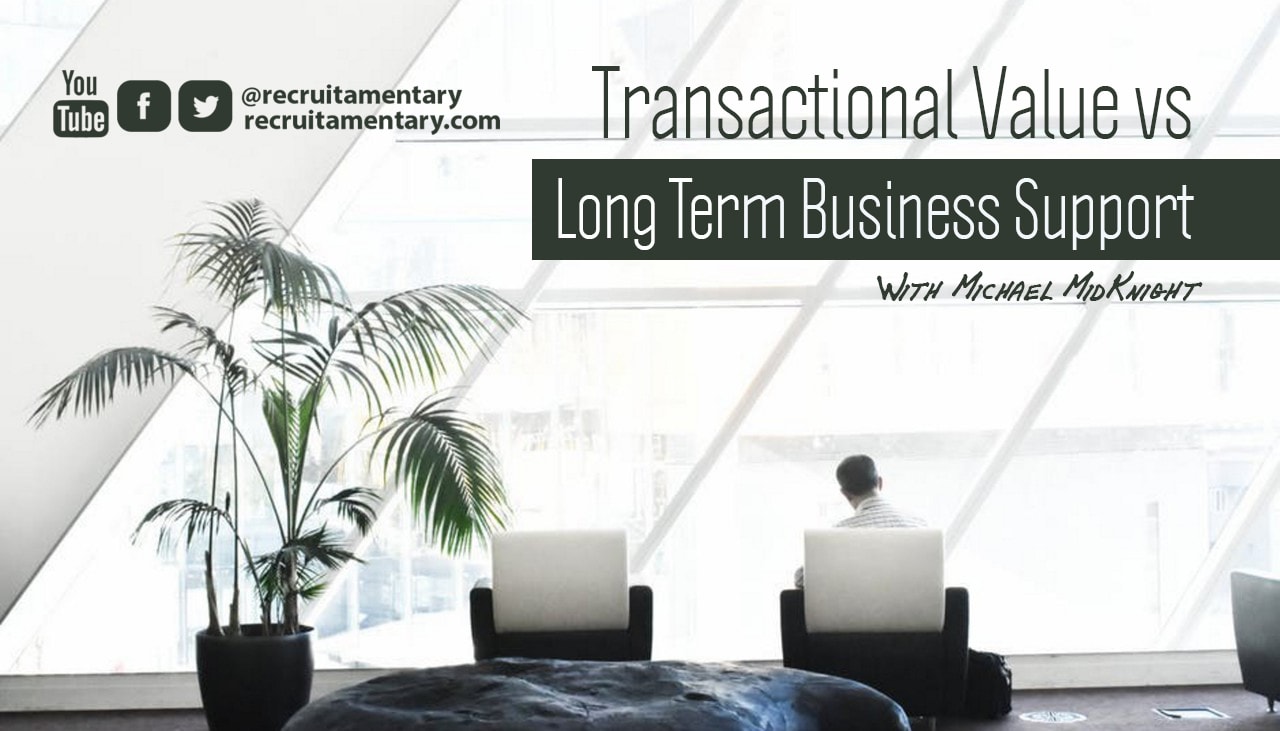Transactional Value vs Long Term Business Support

A friend of mine decided they had enough with their old vehicle, and decided it was time for a trade in. They were convinced that having a newer vehicle to them was a better value to them. The back up camera, under 50k mile warranty focus, just something practical – they purchased a new vehicle with little notice. They find out the warranty ends at 35k, not 50k, some complications with previous vehicle title being cleared and only being given one set of keys, as part of their new series of headaches. They’ve bought keys in the past and cut them, this shouldn’t be an issue and can be quick and cheap to remedy.. If they were not laser cut. Which they were. They couldn’t understand why it was so expensive to cut and program just one key, let alone 2. They weren’t even sure of the correct key-blade model, and the car dealer was of no help.
Potentially, they purchased the wrong keys and may be paying to cut something that may not work altogether.
Anyone who has ever seen a little known movie back in 2000 by the name of Gone in 60 Seconds would have known, that newer cars have fancy laser cut transponder keys (Thanks Eleanor!).
Explaining the situation of new does not mean better, among other details, I quickly realized how this immediately ran parallels to my work life and client history – those who are laser focused on success, don’t usually look up for the low hanging ceiling that ends up hitting them in the head in these scenarios. Businesses or individuals that constantly cut corners, “for cost”, like those who sign up for 3rd part IT, Website or similar value business support, to have their work contracted out to code shops, (places where work is farmed out for very cheap rates for terrible work or speak very little english, or at the very worst…gulp…a email support ticket system) end up paying more in the long run. Its like borrowing sleep credit from another day, just to have run a major sleep deficit moving forward.
Cut enough corners, and your square ends up a circle.

These systems, although may seem to band aid an issue, are not helpful whatsoever for long term business support or health, and may not even work. Contracting out work is great when you are well aware of the project and it is on proprietary code base, file-base, or vision – with objectives being clear and concise with dedicated staff resource and experience. The recent shift for short term, short gain projects are seeping into businesses as an alternative to “save money” – keep in mind, this is simply a contract for these workers, and usually costs far above the initial savings to undo or redo in the future more often than not. It also does not mean they are the best option for your project. Outside resources usually do not perceive the value, longevity and reality of your business, whether you are a partner or employee. Long term contracts indeed aid in the investment of both parties directly for business – their contract is on the line, as is your business. Focus, resource and timeframes necessary to these projects are usually taken more seriously.
As an alternative, there are programs that help with the on-boarding and training costs of new hires, especially within local communities.

On the Job Training (OJTs) and WIOA applicants are examples of methods that help bring in talent at a low or reduced cost. If able, cross train new talent to answer phones, pull orders, and have them learn a new but vital process of your business so that within 90 days, you have a dedicated asset to your team that is invested and ready to better your company or brand experience. This way, you’ve make a brand evangelist out of someone from within the community on your own terms, which is a win win in anyone’s book, while still being cost effective.

Follow Michael on